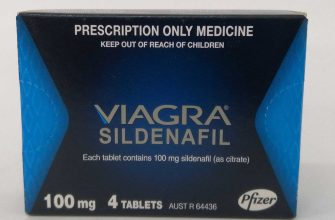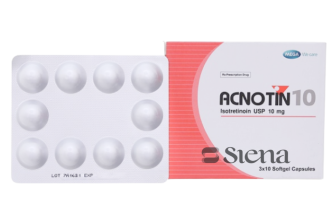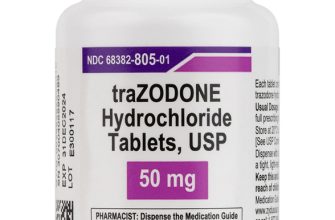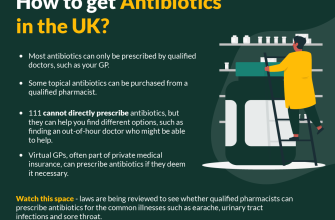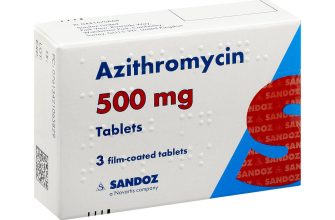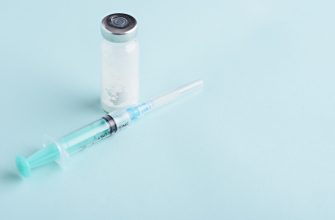Consider using naltrexone if you’re struggling with opioid or alcohol addiction. This medication works by blocking opioid receptors in your brain, reducing cravings and the pleasurable effects of these substances. Its efficacy is well-documented in numerous clinical trials, providing a valuable tool in recovery programs.
Naltrexone comes in two forms: a daily oral pill and a monthly injectable formulation. The injectable option offers a convenient, less frequent administration schedule, potentially improving adherence to treatment. However, your doctor should carefully assess which form is best suited to your individual needs and preferences. They’ll take into account factors like your history and potential side effects.
While generally well-tolerated, potential side effects include nausea, headache, and fatigue. More serious, though rare, side effects are possible. Open communication with your healthcare provider is critical; report any concerning symptoms immediately. Regular monitoring helps ensure your safety and the optimal effectiveness of your treatment plan. Don’t hesitate to discuss your concerns or any changes in your health status.
Remember, naltrexone is most effective as part of a comprehensive treatment program that includes counseling and support groups. Combining medication with behavioral therapies significantly improves long-term sobriety rates. This multifaceted approach addresses both the physical and psychological aspects of addiction, providing a more holistic and durable recovery.


